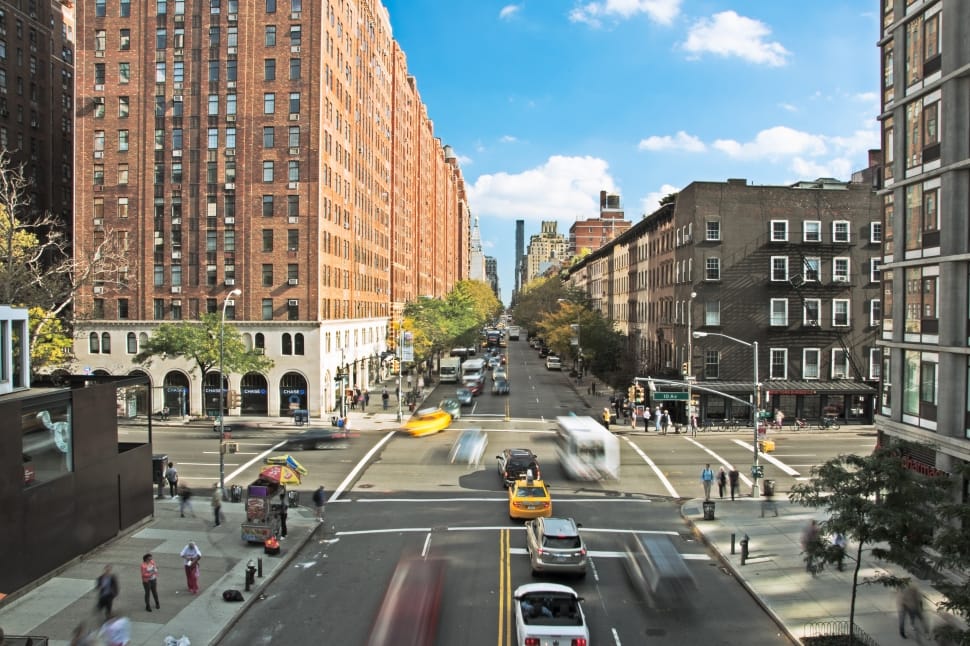 During 2018, the most recent year for which complete information is available, the Virginia Department of Motor Vehicles recorded 121 pedestrian fatalities. Serious injuries befell another 1,502 pedestrians in crashes on roads and highways in the state. That same year in Virginia, 13 bike riders died and 593 bicyclists suffered serious injuries in crashes.
During 2018, the most recent year for which complete information is available, the Virginia Department of Motor Vehicles recorded 121 pedestrian fatalities. Serious injuries befell another 1,502 pedestrians in crashes on roads and highways in the state. That same year in Virginia, 13 bike riders died and 593 bicyclists suffered serious injuries in crashes.
The actions of car, truck, bus and other motor vehicle drivers involved in each incident were not reported. However, speed, inattention/distraction and simply not seeing people on foot or riding bikes are consistently found to be among the top reasons drivers hit and hurt or kill pedestrians and bicyclists. Driving under the influence of alcohol or drugs also accounts for many crashes, both as an independent factor and as a factor that leads a driver to speed and lose focus.
LEARN MORE
- Why Drivers Say They Never Saw the Motorcyclist They Hit
- Must-Know Pedestrian Laws in Virginia
- An Overview of Bicycle Laws in Virginia
Having represented injured pedestrians and bike riders for nearly 40 years, we are beyond used to hearing drivers try to get out of settling personal injury claims by arguing that our client “came out of nowhere” or “just wasn’t there until they were.’ Enough science exists to explain why the at-fault drivers believe they are telling the truth. Despite this, “I never even saw …” will not stand as a valid excuse for evading liability for causing injuries or a wrongful death.
The Science of Drivers Not Seeing
Researchers who have studied why so many drivers appear blind to the presence of pedestrians and bikes uncovered the following phenomena:
- Drivers tend to look directly ahead most of the time. To spot people on foot or on bicycles, drivers need to perform visual scans that allow them to see both shoulders, the median and the views in their rear and side mirrors.
- Drivers tend to focus on other vehicles. Unless they remind themselves that pedestrians and bicyclists also share the road, drivers become oblivious to who they may hit and harm.
- Drivers tend to travel at 5-10 mph over the posted speed limit. Slowing down would give them more time to spot and yield to pedestrians and bike riders. This is particularly important because pedestrians and bikes approaching from the side become more difficult for drivers to spot as the linear distance between the vehicle and the person decreases. As the angle between the vehicle and the potential crash victims narrow, the approaching object shrinks in relative size, which makes the object (i.e., the person) easier for the driver to miss seeing or dismiss as insignificant.
- Last, drivers increasingly allow themselves to get distracted by phones, GPS devices and in-car entertainment options. As my Virginia personal injury law firm colleagues know too well, anything that takes a driver’s eyes and mind off the road ahead greatly increases the chances for a serious wreck. In fact, from 2007 to 2016, the same period that smartphones became ubiquitous, the number of pedestrian fatalities on U.S. roads and highways increased 27 percent.
The fact that drivers have difficulty seeing and reacting appropriately to pedestrians and bike riders actually increases their legally enforceable duty to keep a proper lookout for those vulnerable individuals.
Several sections of the Virginia Code explicitly grant pedestrians and bicyclists right of way in crosswalks and at clearly marked intersections. Whole other sections mandate yielding when making turns and entering parking lots, staying off of medians and sidewalks, keeping bike lanes clear and ensuring adequate space when passing pedestrians and bikes. Violating any of those written rules of the road inflicts great—and usually avoidable—suffering.
EJL